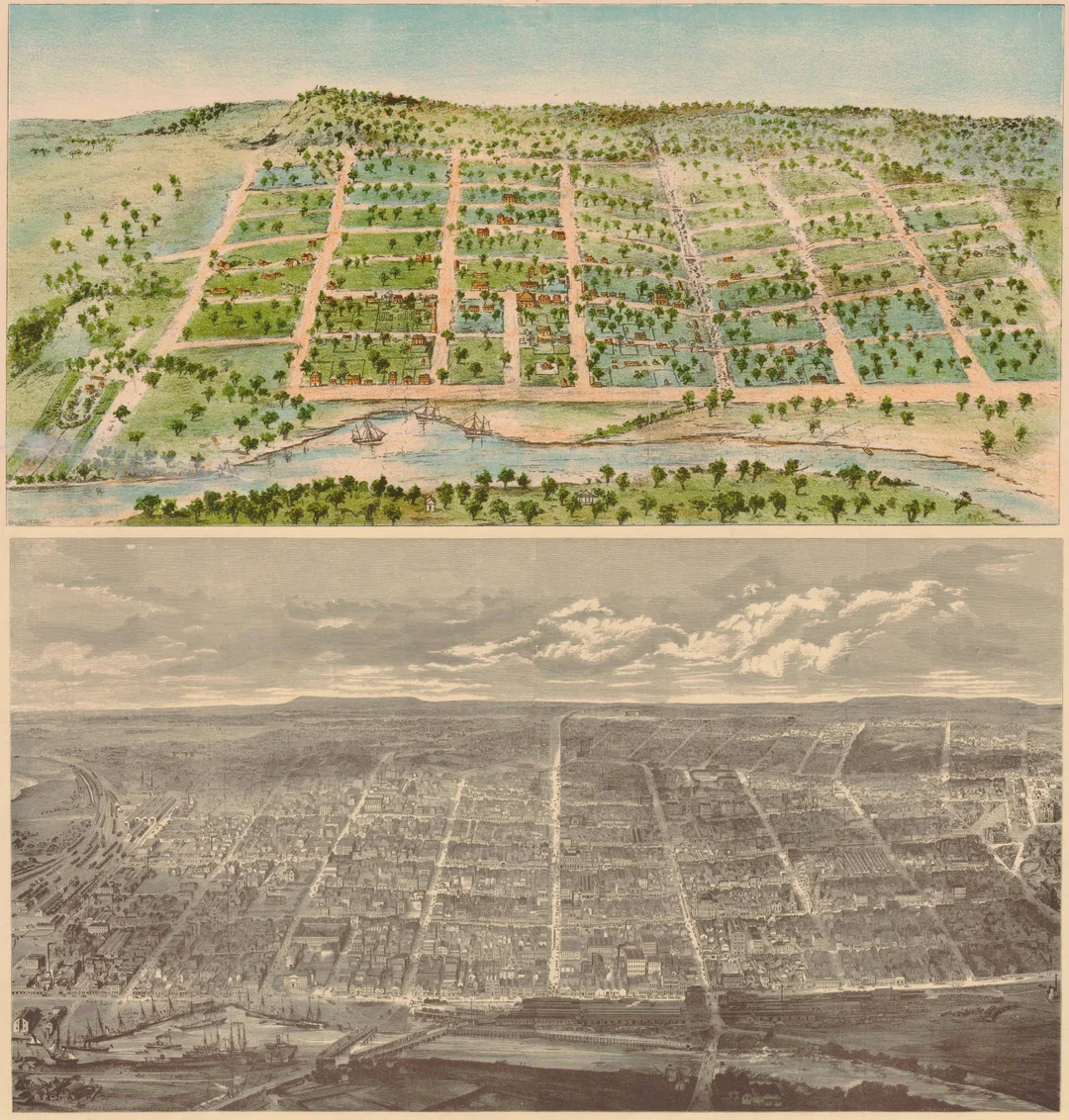Melbourne
This note collects relevant evidence about Melbourne region as an more-than-human community.
Cf.
People of the river - RMIT University
N’Ahweet Carolyn Briggs
"The largest wetland in Australia
Melbourne as we know it, Barunga, the country, was the largest wetland in Australia. The story of the rivers is one of the continual journey cycle of our food sources and our connection to place. When the watercourses were changed there were blockages and it had an impact on hunting, and people were pushed further away from their natural food sources like fowls and eels. We have got to understand how the billabongs and the lagoons are all connected up with the waterways of the major water that we know as the Yarra or Birrarung. That's why you've got the floodings every now and again. The river is trying to find its way back. Water will always reclaim itself and remind us. Man can't keep changing her direction.
If you follow the river it also floods down along what we know as St Kilda Road. The water goes along there and you'll see the tree, which about 700 years old. It's the river red gum. It's the last standing reminder of when the river course flowed out and connected up to that bay we now know as Port Phillip Bay. But sometimes you can look out to that amazing bay and see the fresh water still working its way through the sea water. So that's about the balance of life."

Melbourne in 1838 and 1871
References
Presland, Gary. The Place for a Village: How Nature Has Shaped the City of Melbourne. 2nd ed. Melbourne: Museum Victoria, 2009.
Presland, Gary. ‘The Natural History of Melbourne: A Reconstruction’. University of Melbourne, 2005.
Hil, Greg, Susan Lawrence, and Diana Smith. ‘Remade Ground: Modelling Historical Elevation Change Across Melbourne’s Hoddle Grid’. Australian Archaeology 87, no. 1 (2021): 21–35. https://doi.org/10.1080/03122417.2020.1840079.
Holdgate, George, and Michael Norvick. ‘Geological Evolution of the Holocene Yarra Delta and Its Relationship with Port Phillip Bay’. Australian Journal of Earth Sciences 64, no. 3 (2017): 301–18. https://doi.org/10.1080/08120099.2017.1297736.